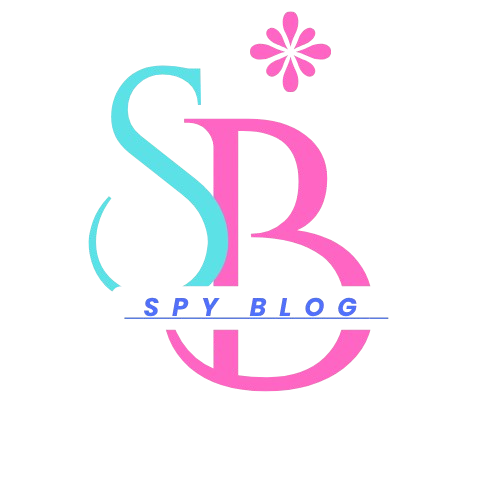How to Avoid UPI & Online Banking Frauds in India.
In recent years, UPI & online banking have transformed how Indians transfer money, pay bills, and shop. The convenience is unmatched – but so is the risk. Cybercriminals are constantly finding new ways to trick people into revealing sensitive banking details or making unauthorized transactions. If you’ve ever received a suspicious SMS about your bank account being “blocked” or a call asking for your OTP, you’ve already seen how UPI & online banking frauds and bank scams work. The good news is, by following a few smart practices, you can protect yourself and your hard-earned money. Understanding UPI & Online Banking Frauds. Before learning how to avoid them, it’s important to understand the common types of UPI & online banking frauds and banking frauds in India: Why Indians Are Falling Victim to UPI & Online Banking Frauds. Several factors make UPI & online banking frauds, bank scams, and bank fraud cases more common in India: 10 Smart Ways to Avoid UPI & Online Banking Frauds. 1. Never Share Your Protect Your OTP, PIN, and CVV from UPI Scams and Online Banking Fraudsters. Banks and official UPI apps like Google Pay, PhonePe, Paytm, and BHIM will never ask for OTP, UPI PIN, or CVV over call, SMS, or email. If someone asks, it’s a scam – hang up immediately. 2. Always Verify Links to Stay Safe from UPI Scams and Online Banking Fraud. Fraudsters often create fake websites that look exactly like your bank’s site. Always: 3. Always Verify UPI Requests to Prevent Scams and Digital Payment Frauds. When you receive a UPI request: 4. Download Apps Safely – A Key Step to Prevent UPI and Online Banking Scams. Install apps only from Google Play Store or Apple App Store. Avoid APK files or links from social media groups, as they may contain malware. 5. Public Wi-Fi and Digital Payment Frauds – How to Stay Protected. Public Wi-Fi networks (cafes, airports, malls) can be hacked easily. Use mobile data or a secure personal hotspot when making banking transactions. 6. Update Mobile and Banking Apps Regularly to Stay Safe from UPI Scams. Updates often contain security patches that fix vulnerabilities. Enable auto-updates for your OS and UPI apps to reduce risk. 7. Stay Protected from UPI Scams by Activating Banking Transaction Alerts. Turn on SMS and email alerts for every debit and credit transaction. This helps you detect unauthorized activity quickly. 8. A Strong Lock Screen Is Your First Defense Against UPI & Internet Banking Frauds. Set up biometric authentication (fingerprint/face unlock) or a strong PIN. If your phone is stolen, this adds an extra security layer. 9. Fake Customer Care Numbers: How Scammers Trick UPI and Net Banking Users. If you need to contact your bank, get the official helpline number from its website or app. Fraudsters often post fake numbers online, which are common in bank scams. 10. Report Suspicious Activity Immediately to Stop UPI & Online Banking Frauds. If you suspect you’ve been targeted by UPI & online banking frauds, bank fraud, or any form of banking frauds: Government & RBI Initiatives Against Frauds. The Reserve Bank of India (RBI) and the Indian government are working actively to curb UPI & online banking frauds and bank scams: Myths About UPI & Online Banking Frauds. Final Thoughts : UPI has made payments in India lightning fast and simple, but convenience should never come at the cost of security. UPI & online banking frauds, bank fraud, and banking frauds will keep evolving, but so can your awareness. The golden rule is simple: By staying alert and following these best practices, you can enjoy the benefits of digital banking without becoming the next victim. Remember : Your bank balance is your responsibility. Scammers rely on urgency and fear — so the next time you get a suspicious call or payment request, pause, breathe, and double-check. That moment of caution can save you thousands of rupees.

